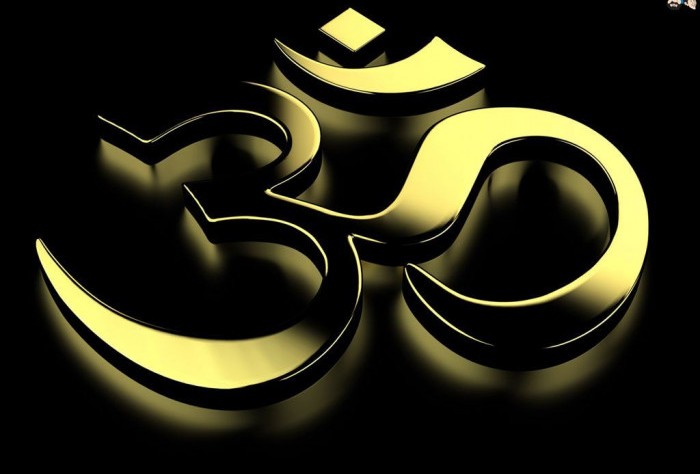YOGA & HINDU-TTVA
Sanatana (eternal or universal) Dharma is the great tradition behind such multifarious teachings as Yoga, Ayurveda, Jyotish (Vedic Astrology), Samkhya, and Vedanta and much of Tantra as well.
Yoga in general refers to the spiritual practices of asana, pranayama, puja, mantra and meditation which are the main vehicles for realizing Vedic wisdom. Yoga (and its many Sanskrit synonyms) is a common term in all Hindu teachings of the Vedas, Puranas and Tantras. The diverse yogic paths of Jnana (Knowledge), Bhakti (Devotion), Karma (Service) and Kriya (Technique) reflect the multidimensional approach to the Divine found in the Vedic teachings.
Yoga as a specific term refers to the Yoga Darshana, one of the six systems of Vedic (Astika) philosophy, those that reflect and develop out of the insights of the Vedas. The Yoga Darshana was compiled by the Rishi Patanjali, who based his work on older Vedic and yogic teachings in the Mahabharata, Puranas, Upanishads and Vedas. Other ancient yogic traditions go back to such Vedic sages as Vasishta, Shyavashwa, Yajnavalkya, Shwetasvatara, Jagishavya, Asita and Devala Kashyapa, and the great avatar Krishna whose Bhagavad Gita is itself considered to be a Yoga Shastra or authoritative yogic teaching like theYoga Sutras.
Hindu or Sanatana Dharma is an open, inclusive and pluralistic tradition, following its Dharma is not a simple matter of holding to a particular belief or thinking that one is saved by embracing a particular savior. Hinduism is not a religion in the Western sense of the word as a dogma, but is a vast culture that includes religion, science and art as well. Yet Hinduism does deal with all aspects of religion, with its own monastic orders, temples, and specific disciplines and teachings. Above all, it has its own lineages and transmissions, its teachers, associations and families. These are part of a pursuit of Self-realization for which ordinary religious practices are just the initial step.
Much of this discussion depends upon what is meant by Dharma. Dharma arose as a Vedic term meaning the laws of truth, cosmic law or natural law. Dharma is the nature of things and their appropriate action. It is the Dharma of fire to burn, for example. It is the spiritual Dharma of human beings to seek a higher consciousness. This higher human Dharma requires practices that free us from outer or unconscious limitations, biases and attachments, which is the basis of true Yoga.
Perhaps the most important theory of Hinduism is a recognition of the process of karma and rebirth as governing the cosmic movement.
Perhaps the most important practical principle is that the One Reality, what one could call God, can be approached by many paths, which is Hindu pluralism.

